Grateful For the Dead Tour – 2014
Day 3 – Saturday, September 6th
Angrogna Valley
The day started with breakfast, European style, at the Foresteria.
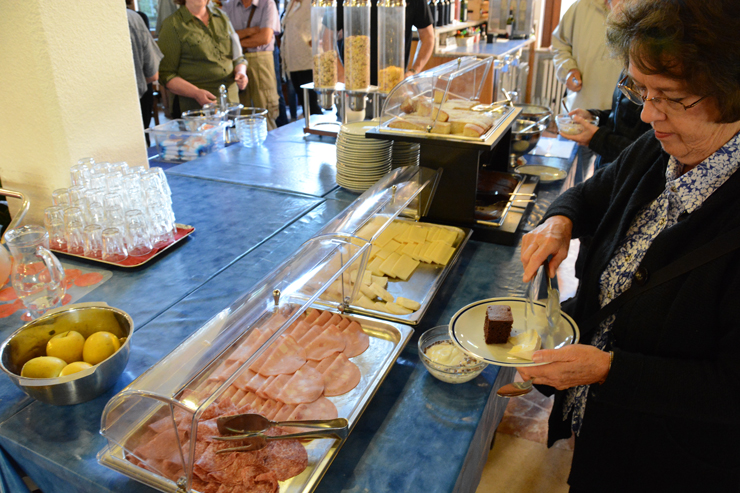
Proceeding up the Angrogna Valley, the vehicles were parked at latitude 44;41;11.232 and longitude 7;12;43.272 which is just outside the clustered points of interest, locations 5,6,8 and 9 on the maps below. Nine (9) is the Museum of the Valdese Women. Six (6) is the Chanforan Monument. Eight (8) is the Odin-Bertot School Museum (Beckwith School). Five (5) is the Cave of Faith.
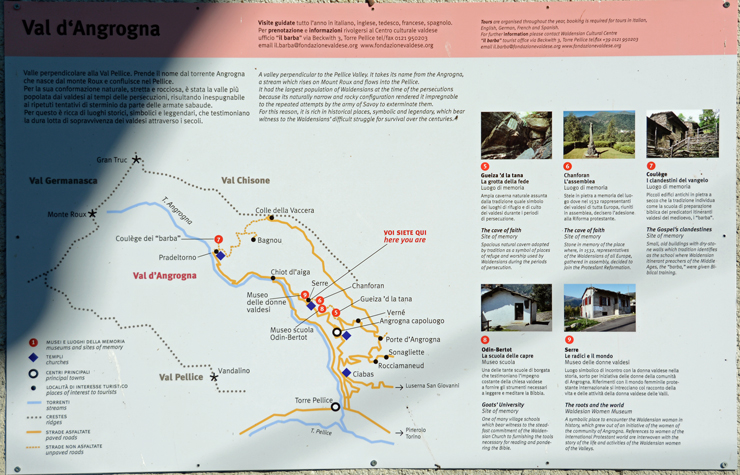
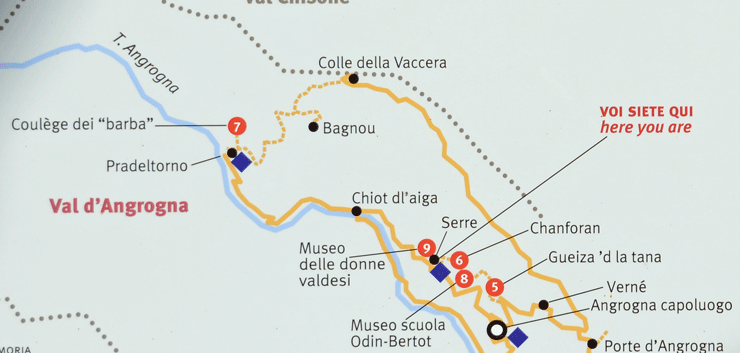
Guides, arranged through the Foresteria and the Waldensian Cultural Centre, conducted the tours. This is the contact information to arrange for tours: The “il barba” tourist office is down in Torre Pellice at via Beckwith 3. There is a telephone number/fax number +39 0121 950203 and an e-mail address at il.barba@fondazionevaldese.org. They also have a website at www.fondazionevaldese.org. Tours are organized throughout the year, but booking is required for tours in Italian, English, German, French and Spanish.
Odin-Bertot School Museum
One group headed for the Cave of Faith (Gueiza ‘d la tana). The other to the Odin-Bertot School Museum. In 1820 Charles Beckwith learned of the Valdese persecutions. He was a British army officer who lost the lower part of his leg in the battle at Waterloo. He was born in Nova Scotia in 1789. His knowledge of the Valdese led him to consecrate the rest of his life to serving them. He was an advocate for them before the Dukes of Savoy. In 1850 he married a Waldensian woman. His home was in Torre Pellice during this period of his life. He died in 1862 and is buried in Val Pellice.
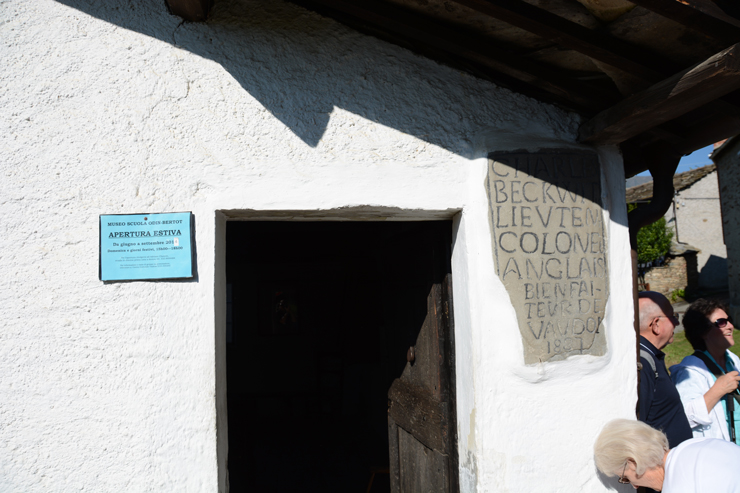
The plaque indicates that this school at Odin-Bertot is from 1837, compliments of Charles Beckwith, an English Lieutenant Colonel and benefactor of the Vaudois.
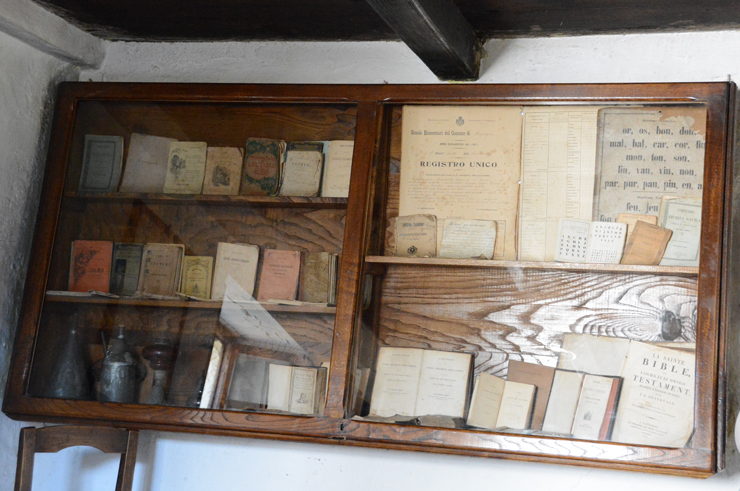
The bible in the lower right is dated 1822. It is an edition by Jean-Frédéric Ostervald, not to be confused with the Olivétanus translation commissioned by the 1532 Chanforan conference.
From the museum we learn:
“When Beckwith visited the Waldensian valleys for the first time in 1827 the parish schools in the main villages, and district schools in the small hamlets, already existed.
Organized by the Waldensian Church to teach people enough to permit them to be able to read the Bible for themselves, they were financed by the “Dutch Committee” from Nederland. however these schools were often situated in old and unhealthy rooms, if not in animal sheds, and Beckwith’s first objective was to restore them, or build new ones more suited to the purpose.
He also provided teaching materials (blackboard, chalk, text books) and improved the quality of the teachers by sending groups of youngsters to teaching schools in Lausanne.”

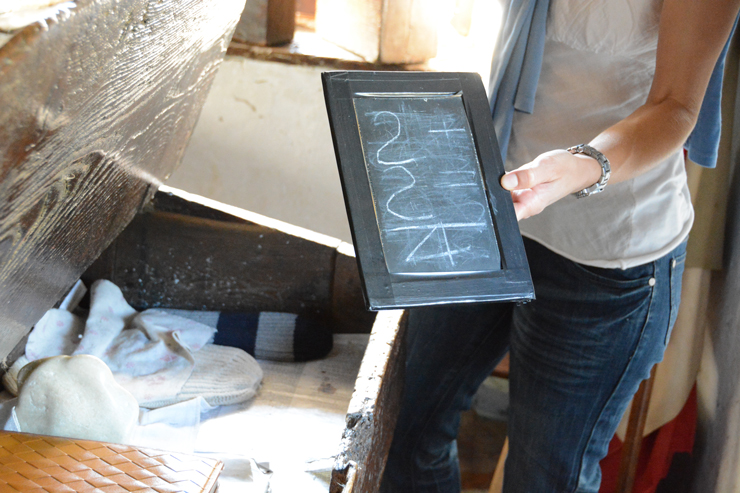
Cave of Faith
Moving on down the path, the next stop was the Gueiza d’la tana or the Cave of Faith.
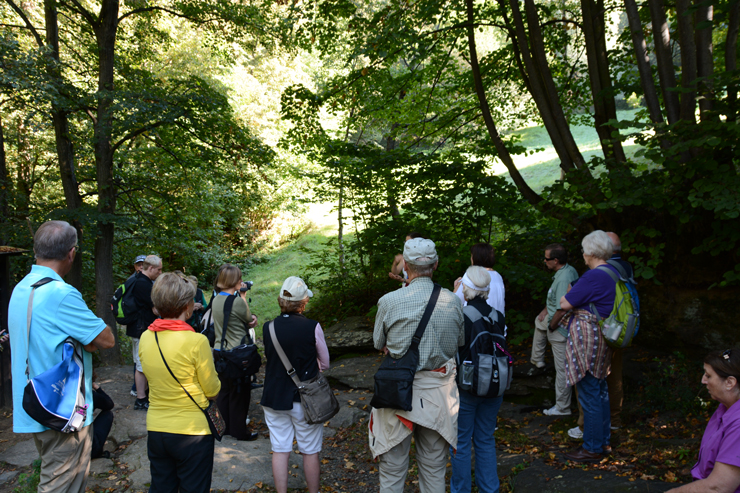
The guide passed on information and history regarding the Cave of Faith just prior to entering it. Also, it was a moment to pause and reflect while waiting for the other group to depart.

Entrance requires a bit of nimbleness.
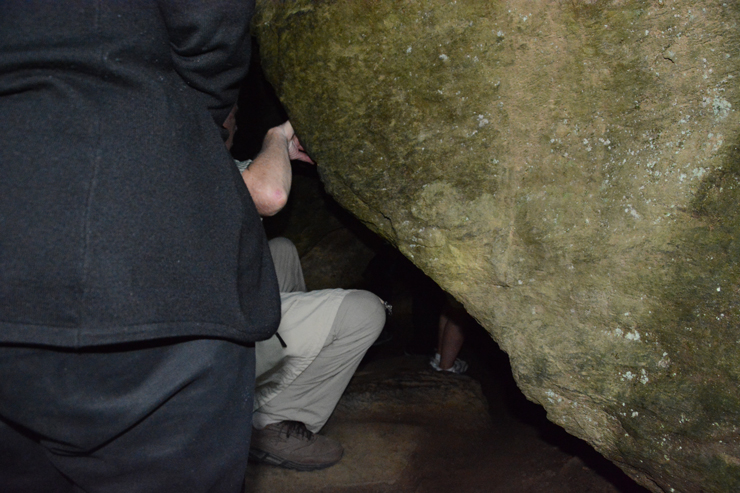
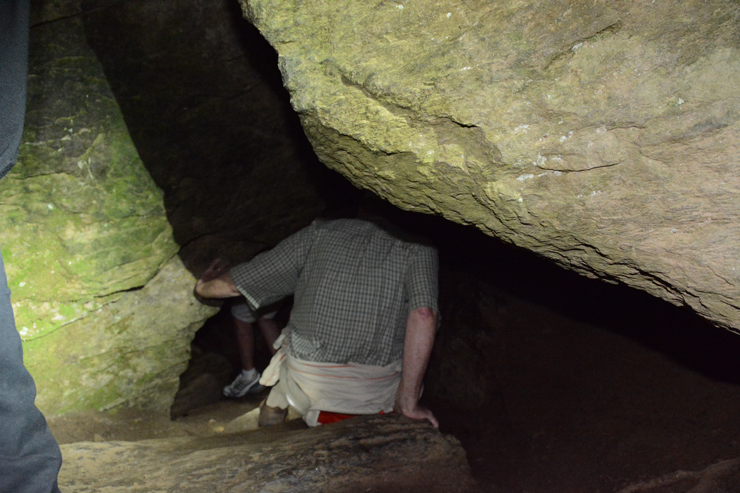

Once inside it is quite spacious with a natural podium for a leader to conduct worship services. It appears to be a cave formed by slabs of rocks resting against one another with cavities between the slabs.
Chanforan Monument
Heading back to the parking area, past the school museum but before the museum of the Women of Valdese there is a very tall monument. It commemorates the 1532 six-day council held here at Chanforan. During this conference the Waldensians agreed to unite themselves with the Protestant reformation and, as a gift, they offered their French translation of the bible for printing. It had been translated, by a pastor of Waldensian faith, from the Hebrew and Greek texts. His name was Pierre Robert Olivétan. He was a cousin of John Calvin, and his translation is often called the Olivetan or Olivetanus Bible.
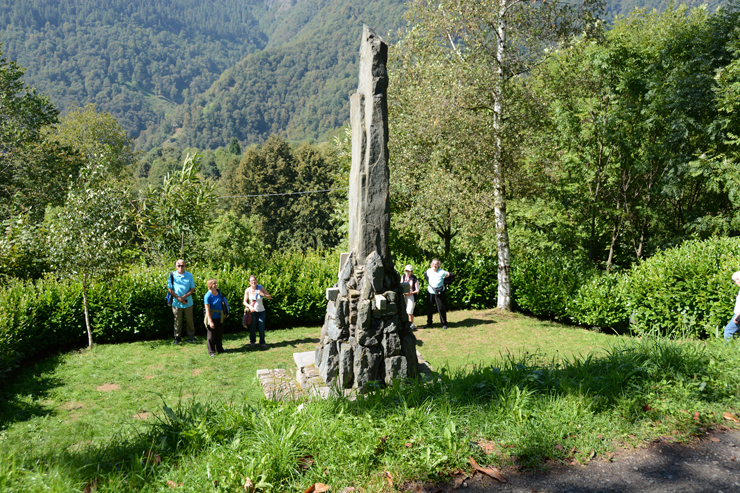
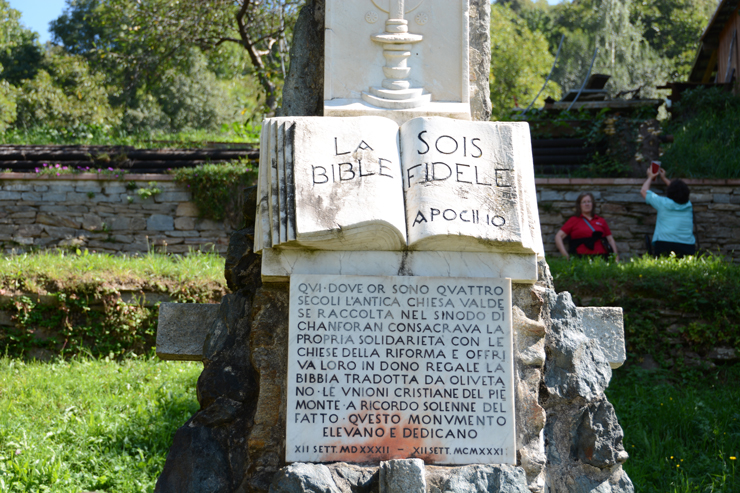
Serre Temple
Back next to the parking area is the Valdese Temple of Serre.
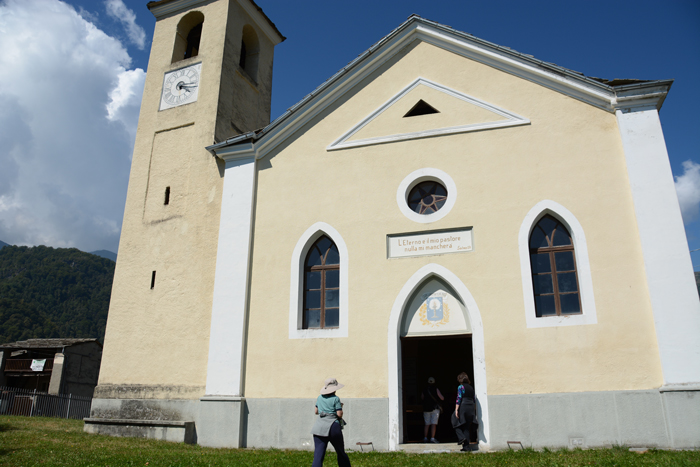
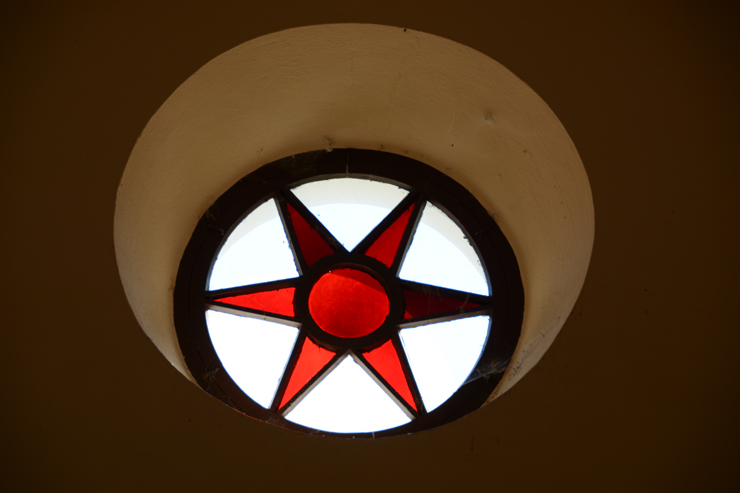
Valdese Women Museum
The tour was pressed for time so very little of it was allowed for visiting the Museum of the Valdese Women. This quick photo gives an idea of what was inside.
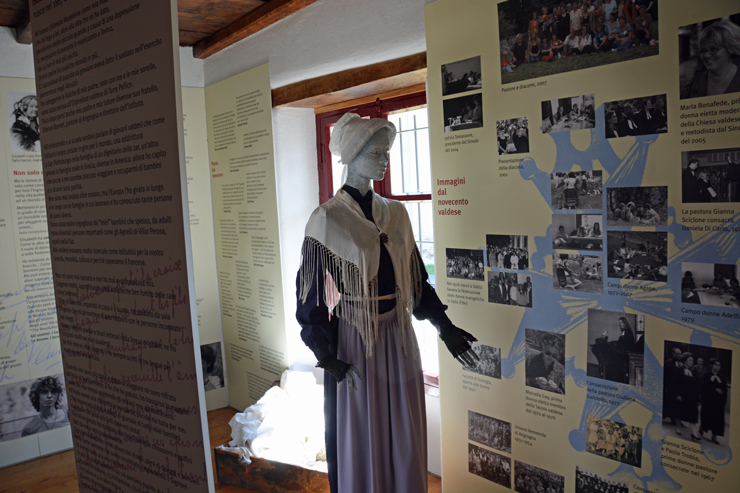
Pra Del Torno
Pradeltorno is reached by driving on up the road to the top of the valley. At this location there is the 1877 Pradeltorno Temple of the Valdese as well as the Coulége dei “barba” or School of the Barba.
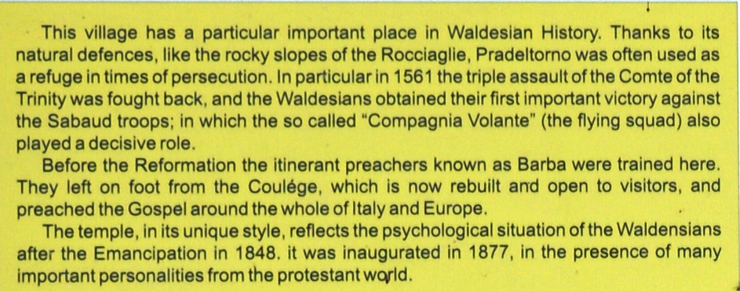
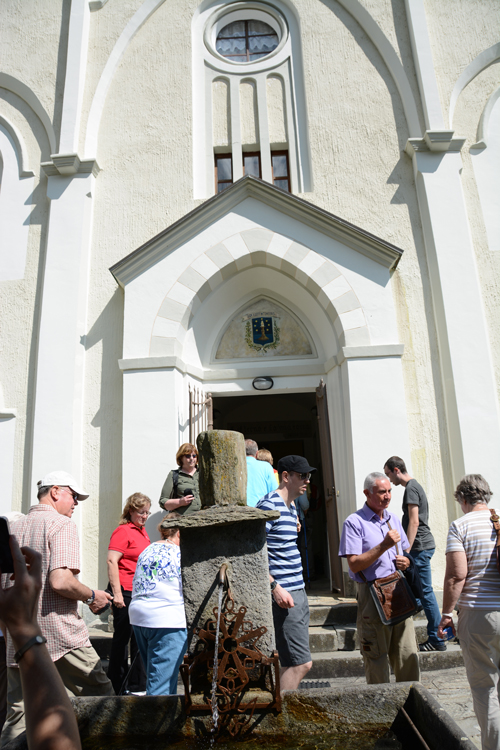
The GPS coordinates for this Temple is Latitude 44; 52; 2.280 and Longitude 7; 10; 28.650
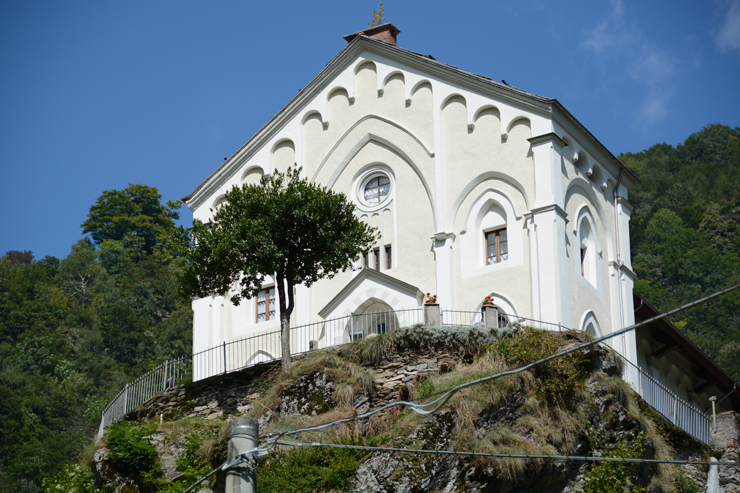
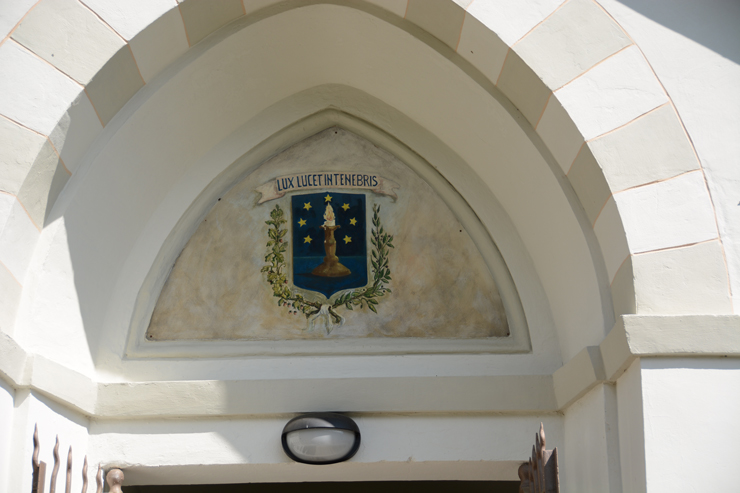
College of the Barba
Up above the Temple are the restored buildings of the School of the Barba.
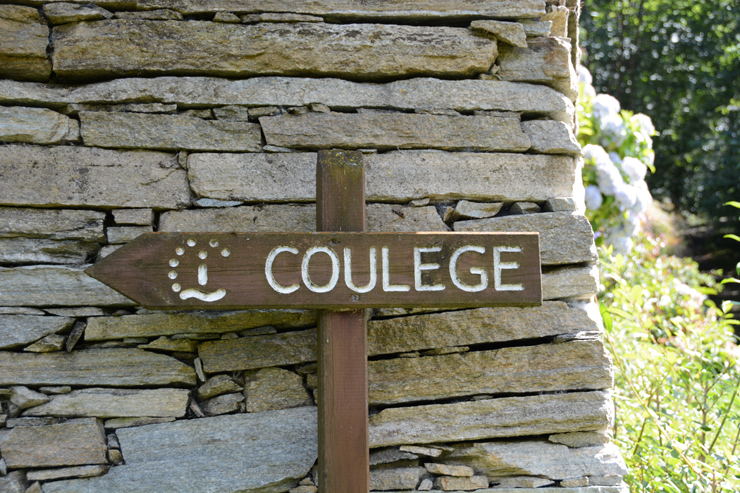
So as to not to confuse the people with thinking they were Catholic Fathers, the itinerant Valdese preachers called themselves Barba (uncle) instead of Father. Colleges were established where those that wanted to preach the gospel could go to study the bible. Click here to view Google Maps photos and the location on Google Maps.
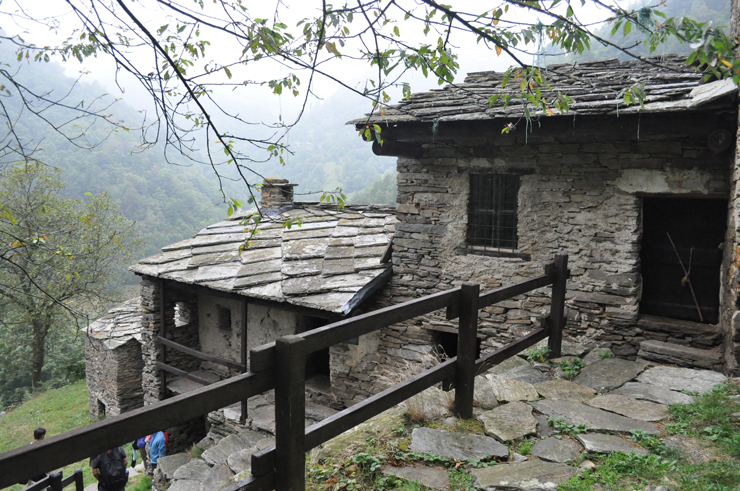

“The college of the Barbes as tradition says gathered themselves in places like this during the 14th to 16th centuries. The Valdesi youth destined to the pastoral ministry were taught by older and wiser Barbes. Together they studied using the bible as their manual. They remained here for three or four years during the winter seasons.”
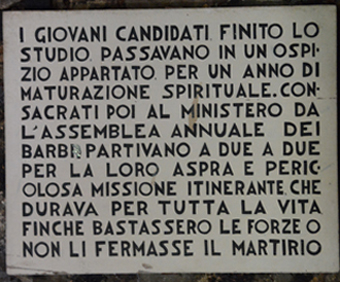
“The youthful candidates that finished their studies spent a year of seclusion in a hospice to mature spiritually. Then they were consecrated to the ministry at the annual assembly of Barbes after which they departed two by two for their harsh and dangerous itinerant (traveling) missions that lasted their entire lives, until they used up all their life’s strength or were made martyrs.”
–
This was the conclusion of the group activities. During the tour, one of the guides indicated that there was an area known as Stalle at the bottom of the valley just up from Torre Pellice. It was in walking distance. After a pizza dinner, a hike was undertaken to try and discover this locale.
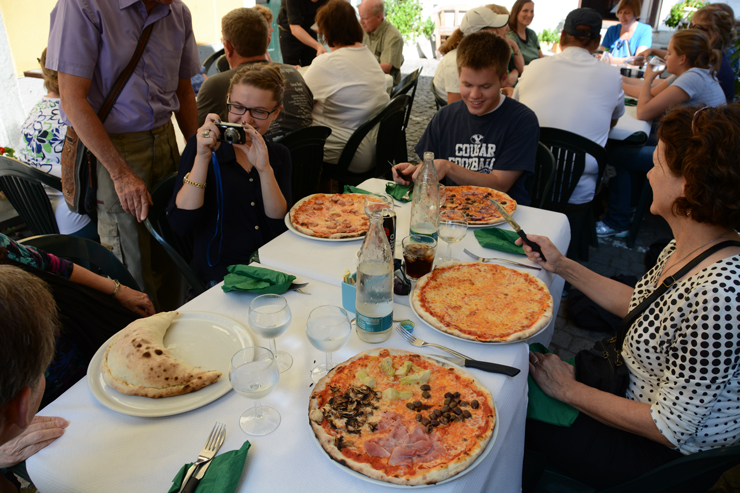
A short hike across the river Angrogna, and up the main road taken earlier in the day and the following was found without much trouble.
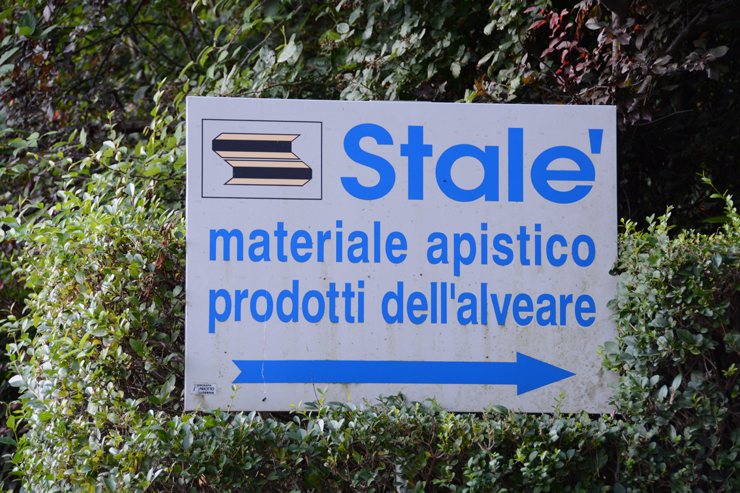
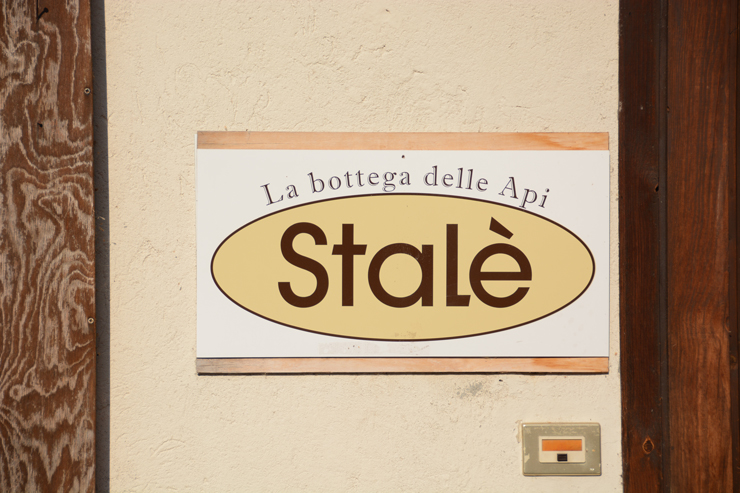
This Stale’ family is involved in everything to do with bees. They sell bee keeping items. The buildings were built in 1786.
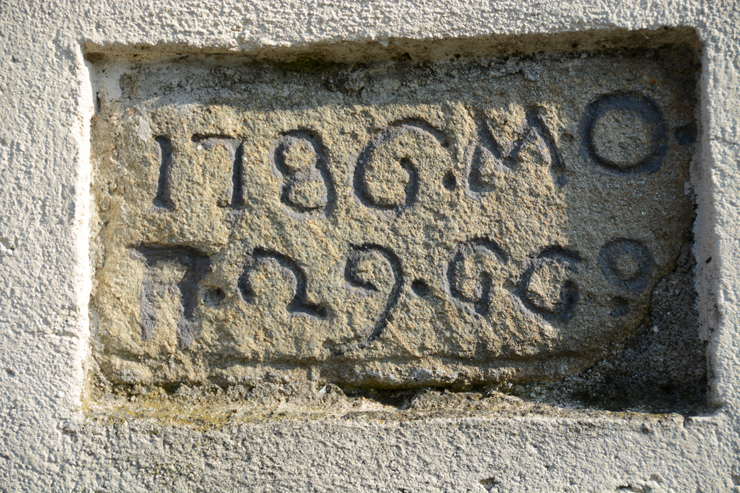
Across the block from the Bee place is the locale we were looking for. However, it is spelled with two “l”s instead of one, so they are from a different line.
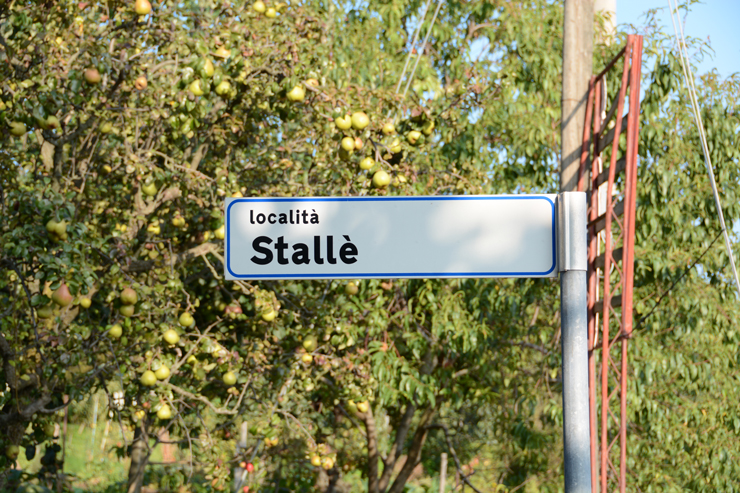
The birth record of Susanne Stalé shows her family name was the single “L” spelling. It is from familysearch.org > Italy, Waldensian Evangelical Church Records, 1679-1969 > Torino > Angrogna > Angrogna > Nascite e Battesimi 1828-1838 > Image 102 of 115. In later life she went by Susette.
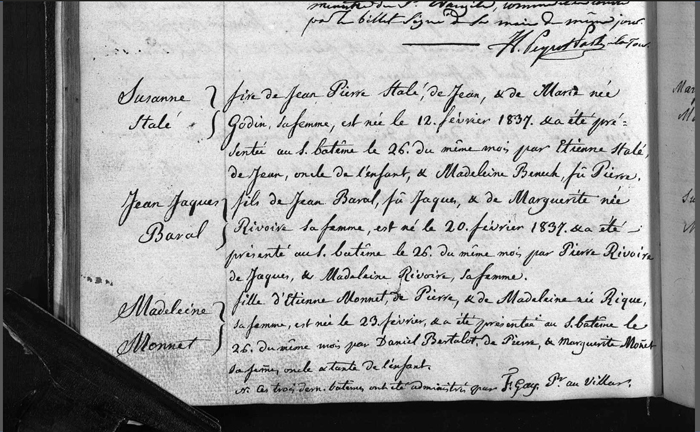
Below is the photo gallery of today’s adventures. Click on a thumbnail to get started.









































































































































